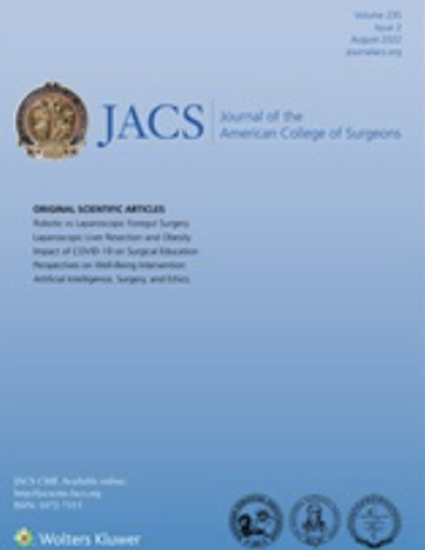
Article
Breast conservation in patients with multiple ipsilateral synchronous cancers
Journal of The American College of Surgeons
(2003)
Abstract
Background: Because breast cancer survival after breast conservation has proved comparable to mastectomy, contraindications to mastectomy are increasingly being challenged. We treated the majority of our patients with multiple synchronous ipsilateral cancers with breast conservation and we compared them with patients who underwent mastectomy for comparable disease during the same interval.
Study design: Patients with multiple ipsilateral synchronous breast cancers between 1989 and 2002 were identified from prospective databases maintained by us. A comparison was made between 36 patients treated with lumpectomy and 19 patients treated with mastectomy.
Results: There were no significant (all p values >0.2) differences between mastectomy and breast conservation patients in age, racial distribution, size of cancers, pathology, tumor differentiation, nodal involvement, or hormone receptor positivity. The majority of patients treated with breast conservation underwent at least one reexcision to obtain clear pathologic margins, and they were more likely to receive postoperative radiotherapy than patients treated with mastectomy. There were no significant differences in the local (97% versus 100%, p = 0.54) or distant (97% versus 95%, p = 0.20) 5-year disease- free survival between the group treated with breast conservation and the group treated with mastectomy. One patient in each group developed distant metastases. One patient in the breast conservation group developed local recurrence at both primary sites simultaneously 39 months after lumpectomies. She is free of disease 78 months after mastectomy. The remaining 52 patients are alive and free of disease.
Conclusions: Breast conservation is an effective treatment for patients with synchronous ipsilateral breast cancers.
Disciplines
Publication Date
January 11, 2003
DOI
10.1016/j.jamcollsurg.2003.06.003
Citation Information
Jess Kaplan, Gladys Giron, Paul Ian Tartter, Ira J Bleiweiss, et al.. "Breast conservation in patients with multiple ipsilateral synchronous cancers" Journal of The American College of Surgeons Vol. 197 Iss. 5 (2003) p. 726 - 729 Available at: http://works.bepress.com/gladys-giron/9/
